You may already know LinkedIn is the largest social media platform designed solely for professionals. You may have even set up your personal profile. So now what? What are the best practices for using it for business?
The basic answer is twofold. First, you can use your personal profile to connect with other industry-related professionals, to network with colleagues, and to market yourself to prospective employers and clients.
Second, your company page can help you attract followers and gain business leads. Though there are similarities to Facebook—having a personal profile and a business page—there’s one key difference: LinkedIn’s mission is “to connect the world's professionals to make them more productive and successful.”
The atmosphere and audience of LinkedIn is vastly different from that of Facebook, and so are the expected behaviors. Professionalism is key—and required!
Personal Profile
Think of your personal profile as your online business card or resume. This is where you showcase your experience and skills, past and present positions, and your expertise in the field.
Profile tips:
- Be sure to use a professional photo. As charming as your significant other and kids may be, you wouldn’t use that type of photo on your business card, so leave those fun photos for Facebook and use a professional headshot instead.
- Keep your profile up-to-date and active. If you changed jobs over a year ago, an update to your work experience is long overdue. If you’ve earned a new certification or degree, add it. Did you learn some new skills at an awesome seminar or conference? Show them off!
Network!
In addition to its unique professional atmosphere, LinkedIn is different than other social media platforms in the way it connects people.
Reminiscent of in-person networking, you need to have an established relationship—either online or in person—before you can make a “connection.” LinkedIn connections are based on a tier-type system, with three basic tiers.
- First-degree connections are people you know personally. These are folks you can invite to connect and add to your network.
- Second-degree connections are “friends of friends”—those connected to your first-degree connections. You can either request an introduction from your first-degree connection or send them an invitation to connect.
- If you send them a direct request to connect, LinkedIn will ask how you know this person. An invitation cannot be sent until you answer the question. If you choose “Other,” you will be required to enter the person’s email address.
- A third-degree connection is the “friend of a friend of a friend”—someone who is connected to one of your second-degree connections. You can request to connect in the same way you request a second degree request, or you can request that your connection introduce you.
- For more information, check out Quora’s write-up on how LinkedIn connections work.
Once someone is connected to your network, you’ll see their posts in your news feed, and vice versa. You can like, comment on, and share posts.
You can connect with classmates, colleagues, and even faculty members from the universities you’ve attended. In connecting with them, you’re effectively building your network so you can discover new jobs—or be discovered by a recruiter—and learn about new business deals and ventures.
Tip! Join the LinkedIn Groups in your industry. Each group has its own discussion board, news feed, and job postings. It’s a great place to make new connections and forge business relationships.
Additionally, you can follow businesses, industry leaders, and brands to keep up on the news in your industry, as well as share useful information with your connections (which helps establish you has a helpful and knowledgeable leader in your field).
Marketing Must-Know
The absolute first thing you need to know is that LinkedIn is not a sales platform. You don’t want to spam your connections with advertisements or pushy sales gimmicks.
Possibly the best marketing strategy in your personal profile is to show you’re an industry expert by becoming active in groups, posting great content, offering advice, and commenting on others’ posts. Additionally, you can engage with industry experts and influencers—and we all know how powerful influencers are.
Company Pages
Different than your personal profile, this is where you showcase your company and its products and services. You can—and should!—link your personal profile to your company page so your connections can learn about your business.
Again, keep in mind that it shouldn’t be an advertising machine. You want followers—and you don’t want to scare them off by constantly pushing your product. Here are a few things you can do with company pages:
- Gain followers: You gain followers by promoting your page and sharing engaging content. (It’s always about the content, isn’t it?) Similar to a Facebook business page, your LinkedIn company page should be a mix of your own content and others’ content. You can—and again, should!—also share your company’s content on your personal profile, as what you share should be contributing to the knowledge and professional atmosphere of the industry.
- Showcase Pages: These are extensions of your company page designed to spotlight a specific business initiative, campaign, unit, or brand. For example, if you run a health-and-fitness company, you could showcase your healthy-eating recipe book by including a page dedicated to the book—a page that could reach outside your normal target audience.
- Lead Generation: Want to increase your potential for more sales? Be sure to invite followers to different events, such as webinars, online courses, product demonstrations, or product launches. You can also provide a link to your company website and invite followers to sign up for your email list.
- Create your own LinkedIn Group: You’ve already joined a few groups—but what if there’s a topic not yet being discussed in your industry? Another way to establish yourself as an expert in the field is to create your own LinkedIn Group based on your unique skill set and knowledge. But don’t create a group similar to anything that already exists. Create one from your own unique angle and designed for a niche group.
- Advertise on LinkedIn: Display Ads and Sponsored Updates are two LinkedIn features that allow you to effectively reach a target audience.
- Display Ads: These are banner ads for which you can pay per click or per impression. They appear in the sidebar or on your home page and are similar to the ads you see on Facebook’s sidebars.
- Sponsored Updates: As with Facebook’s sponsored posts, these are posts you can pay for to reach more users. These updates appear in news feed rather than on a sidebar, increasing the chances that users will see them and visit your company page, which may lead to a follow, which could lead to an email sign-up, which could lead to sales and clientele.
We’ve barely skimmed the surface. What recommendations or tips do you have about LinkedIn for our readers? Please share them in the comments below.

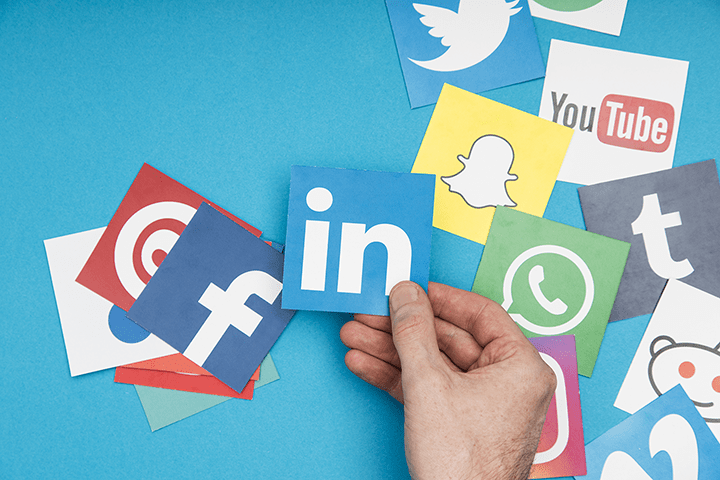




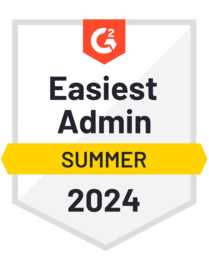
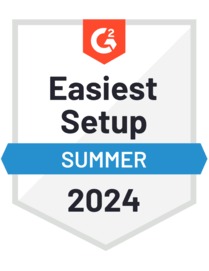

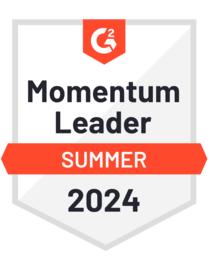

Add a Comment